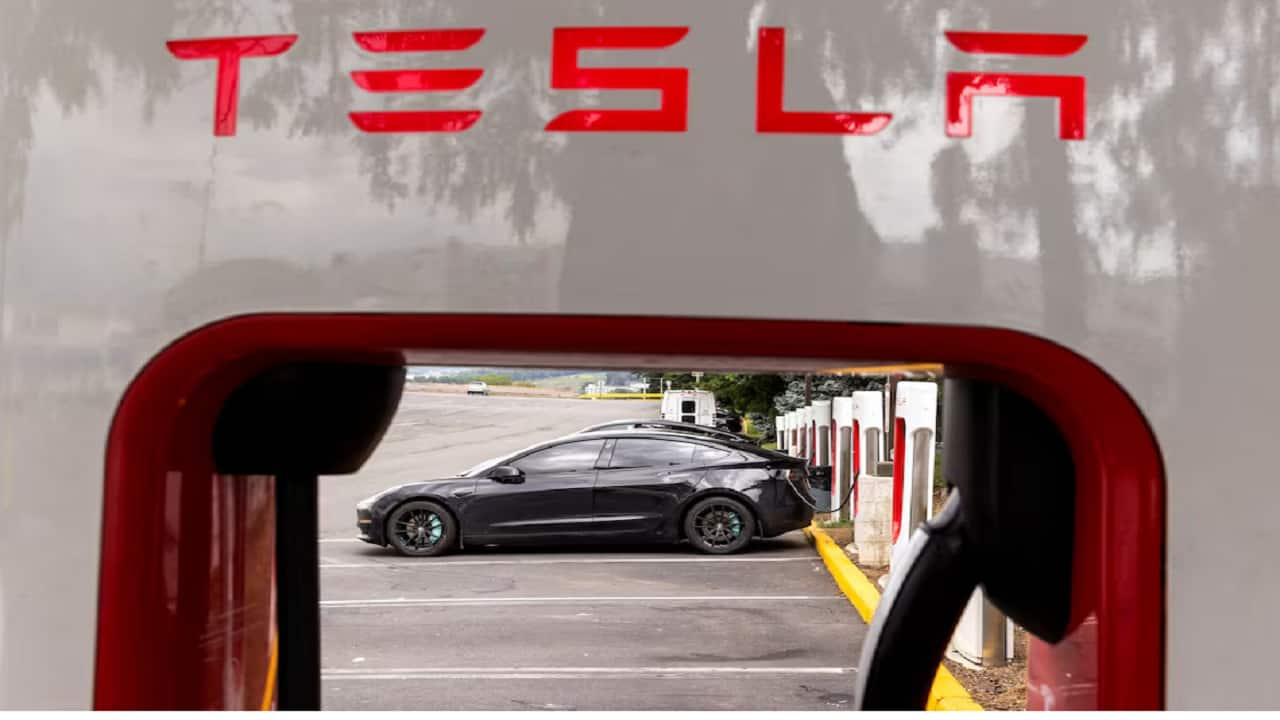 |
|
India's burgeoning electric vehicle (EV) market is poised for significant change, as the government seeks to balance the influx of foreign investment with the need for domestic manufacturing growth. Recent policy revisions place a strict cap on the amount of investment that foreign automakers can allocate to charging infrastructure while still qualifying for reduced import tariffs. This move, detailed in a draft government document seen by Reuters, has created a ripple effect throughout the industry, particularly impacting companies like Tesla which are considering significant investments in the Indian EV landscape.
The core of the new policy is a 5% cap on investment in charging infrastructure as part of the total investment required for reduced import tariffs. While foreign automakers aiming to establish manufacturing facilities in India can benefit from a reduced 15% import tariff (down from approximately 100%), a significant portion of their investment must be directed towards manufacturing operations. This limitation is significant because many experts believe a robust charging infrastructure is critical to widespread EV adoption. The existing dearth of charging stations has been cited as a major hurdle for consumers considering the purchase of electric vehicles in India. The government's prioritization of manufacturing over charging infrastructure, however, suggests a focus on creating a robust domestic automotive industry before fully committing to expansive charging network development.
The rationale behind this policy seems to be two-fold. First, the Indian government is aiming to encourage significant investment in domestic manufacturing. By incentivizing companies to primarily focus their investment on factories and production, they hope to create jobs, boost the local economy, and foster technological advancement within the country. Second, by limiting the amount that can be allocated to charging infrastructure, they may be seeking to prevent potential over-investment in this area, ensuring that funds are allocated strategically. This concern could stem from the fact that developing a comprehensive charging network is a complex undertaking that requires careful planning and execution, and potentially, substantial ongoing maintenance.
Tesla's plans for India are particularly affected by this new policy. The company has already finalized locations for showrooms, signaling its intention to enter the Indian market with imported vehicles. However, Tesla's previous plans for manufacturing in India have been stalled, and this new restriction on investment could further complicate matters. The 5% cap on charging infrastructure investment could deter Tesla from committing to large-scale investments in the country, especially given their previous hesitation. This policy could also potentially disadvantage Tesla compared to other manufacturers who might prioritize manufacturing investments to the detriment of charging network improvements.
The reaction from within the Indian automotive industry has been mixed. While some companies may find this policy restrictive, others might view it as a necessary step for fostering sustainable growth in the domestic manufacturing sector. The 5% cap will undoubtedly lead to strategic planning for automakers trying to balance the benefits of reduced tariffs with the need for a comprehensive charging network to stimulate consumer demand. The government is currently consulting with various stakeholders, including automakers, before finalizing the rules, suggesting there might be room for some adjustments based on industry feedback. However, the initial draft rules underscore the government’s firm stance on prioritizing manufacturing investment.
The success of this strategy depends heavily on the overall growth of India's EV market. If consumer demand for electric vehicles increases substantially despite the limitations in charging infrastructure, the government's focus on manufacturing could prove successful. However, if consumers continue to be hesitant due to the lack of readily available charging solutions, the strategy could face criticism and lead to a slower than expected rollout of electric vehicles in India. The long-term impact of this policy will depend on how effectively the government can address both manufacturing growth and the need for comprehensive charging infrastructure to truly make EVs accessible to the Indian public.
Beyond Tesla, other foreign automakers like Hyundai and Toyota have expressed interest in manufacturing EVs in India. The new regulations, with their revenue and turnover requirements, place additional pressure on these companies to ensure profitability within a relatively short timeframe to qualify for the lower tariffs. The penalties for failing to meet these targets add another layer of risk to their investment decisions, particularly given the still nascent nature of the Indian EV market. The interplay between government policy, market demand, and manufacturer investment decisions will ultimately determine the shape of India's electric vehicle future.
In conclusion, India's new policy regarding investment in EV charging infrastructure represents a calculated gamble. By prioritizing manufacturing and placing restrictions on spending in charging networks, the government is aiming to stimulate domestic industry growth and establish India as a major player in the global EV manufacturing sector. However, the long-term success of this strategy depends heavily on several factors, including consumer adoption of EVs, the development of alternative solutions to address range anxiety, and the ability of foreign automakers to navigate the complexities of the new regulations. The coming months and years will be crucial in determining whether this approach truly benefits India's journey towards becoming a significant player in the global electric vehicle market.
Source: India to cap investment in EV charging for tariff relief as Tesla entry looms: Report
